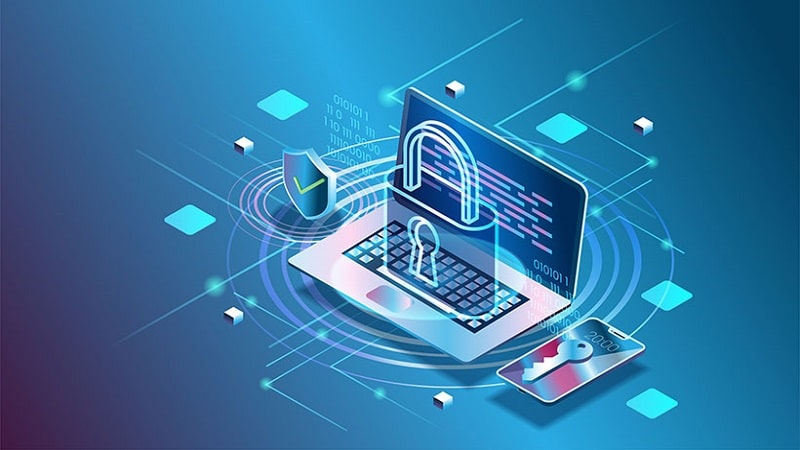Ransomware attacks cost businesses over $1.85 million in 2020. In a highly digital world and digital workforce, costly ransomware attacks have increased — meaning it’s imperative that you implement tactics to prevent ransomware attacks in your business. Here's what you need to know.
How Ransomware Attacks Occur
Ransomware attacks prey on businesses through underhand tactics to access your digital data, encrypt it and hold it ransom until you pay a large sum to the hackers. Often, hackers target corporations instead of private individuals due to the sensitive nature of their data, as well as their significantly larger financial assets.
The greater the sensitivity of the information, the more likely hackers can demand companies pay ransomware settlements. However, with the rise in black hat attacks, enacting a proactive plan for your business — whether it is big or small — is the best defense.
Here's how ransomware attacks occur:
1. Successful Infiltration of Malware

There are many ways that hackers can infiltrate your system and download malware, but many of these attacks depend on unsuspecting employees to click on a malicious link, download or attachment. This practice is referred to as phishing.
An individual may receive an e-mail that appears to be from someone they know, such as a coworker or boss. However, the true sender is the hacker, attempting to lure you to download malware through a seemingly inconspicuous e-mail.
Hackers may also take advantage of lacking security on laptops or present evil twin login pages to steal your credentials. Whatever the chosen method, infiltration is the first step.
2. Encryption of Data
Following the infiltration of malware to a computer, hackers simply encrypt the data so it is unusable to the organization. Data access is essential for daily operations in most businesses, making the loss of it a financial and organizational debacle.
3. Holding the Data Ransom
Once the data is encrypted, the hacker holds it ransom until their required payment is received. For many businesses, paying the ransom is the quickest and easiest path to restoring their data and thus their revenue.
How to Prevent Ransomware
Ransomware attacks follow a fairly predictable pattern, making it easier to alert yourself and your staff to potential scams. Below are best practices to follow to keep your staff and your business secure.
1. Backup Your Data
One of the best ways to protect yourself from ransomware attacks is to back up your data. Consider backing up your data on non-cloud-based servers. While this may induce extra hassle for your company, it provides an extra layer of confidence that your data is recoverable.
2. Install Anti-Ransomware Software
Anti-ransomware software works to protect your company against malware by scanning for signs of malware. While this software cannot prevent you from all forms of ransomware, it works to protect you from known threats.
3. Double Check Before You Click

Hackers frequently use links, attachments and downloads to install their malware. To protect yourself, it is essential to double check before you click. Look for typos, URLs that vary slightly from the true URL, senders not from your company or spoofed websites.
4. E-mail Security Protection
Protect your company from e-mail-borne threats and attacks with an e-mail security solution. This will help block threats that from phishing to ransomware to spam.
Protect Your Company
While the amount of ransomware attacks are rising, it doesn't mean your business is defenseless. By installing anti-ransomware software and implementing these top tips, you can protect your valuable data while saving time and money. Take the action you need today and defend your data for tomorrow.
